Recreating something is the toughest job, more so when it is applied in the civilizational or literary context. Late Girijesh Rao, whom I call “Bhaiyaa Jee” was the inspiration behind and very much instrumental in making this piece see the light of the day –
गर्देज़ के गणेश : दाङ्ग से कुभा तक की यात्रा का रहस्य खोलते हुये। मघा।
And please, make no mistake, more than 60% of the work was done by him for this piece.
Last year, he suggested me to write it in English for the better reach and I replied him that I will do “something” about it soon.
It is almost a year and I am still at that point. Still thinking about the “plan” of this “Travelogue” piece, suggested by Bhaiyaa jee. Mostly because I am too lazy a person and partly because KABUL is neither a popular nor a preferred destination either for work or for tourism.
The role of DESTINY cannot be denied in a person’s accomplishments or for that matter in failures. Had this not been the case, we (Bhaiya jee and me) would not have come in contact, through social media, at the first place!!! And, as luck would have it, I was offered a consulting assignment in KABUL during 2017-18. Well…
Kabul, certainly not a preferred or dream destination for many people from the civilized world, was a pleasant surprise for me. Surrounded by Upariśyena (Hindu Kush) range, which around Kabul is known as Bābā Mountains (Kūh-e Bābā), at the elevation of around 1800 M, Kabul looks more like a “run of the mill” hill station of India at the first glance.
The whole world came to know about “Confinement” in 2020 but I was in confinement in 2017 itself. With all that “security concerns”, I was given 2 body guards and advised against “unnecessary outings”. But in due course of time, I did visit few places and tried exploring the HINDU/INDIAN roots in Kabul. Kabul has many places, still in pristine condition and not yet “polluted” by inundating tourists.
During my first three months stay, I got opportunities to visit places like Quaragah, The Afghan Parliament and Darul Aman Palace apart from at times going to markets whenever opportunities came. The city from the outside looks and feels welcoming but the moment you get closer, certainly not in physical sense, their response become very guarded. And that’s understandable as more than four decades of civil war forces them to go for self-preservation. During any circumstances, survival is the first thing which comes to their mind and all their actions and responses are guided by that motive of self-preservation.

Paghman river, Paghman. Having tea in the shadow of AK- 47 (Guess green one wrapping is for good grip, looks like Bulgarian made, with extra magazine for fast shifting. Another black one also looks like modified one with extra underbarrel foregrip to make the gun more stable while shooting.)
Kabul is certainly the most militarized city I have ever lived in. This I can certainly say after having lived in Tokyo, Singapore, Paris and Wuppertal for a considerable amount of time on my professional assignments. And despite all these militarization, I saw three bomb blasts from the very close quarters. Escaping by a whisker if I may say… The following photographs are of the blast which happened just 2-3 minutes after I crossed that road to reach office and the aerial distance of blast site from my apartment is not even 500-600 mts. The devastation, caused by this blast where more than 1500 tons of explosives were used, was enormous, to say the least.
Days were passing by thus and after three months, I had made my plans to come back home for Pitru-Paksh. Just days before my travel, one fine morning, I received a message from Bhaiyaa Jee, “A Ganapati vigrah was found in Gardez of present-day Afghanistan which was made during 5th century BC by Shahi King Khingle. Later it was taken to Kabul and now it is said that it is kept in Daragah Peer Rattan Nath near Pamir Cinema and venerated by local Hindu community. Lalit, please find out the current situation if possible.”
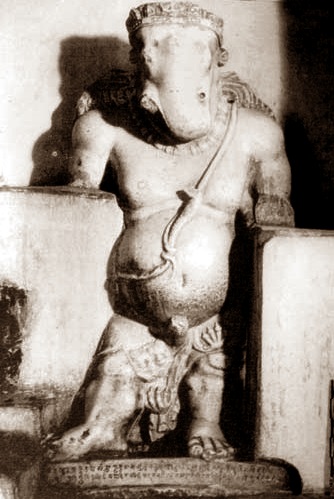 Mahavinayak looked majestic in the image sent with the note and I made a promise to myself to pay a visit to Mahavinayak at the first opportunity. I tried searching Daragah Peer Rattan Nath in Google Map but Google maps took me to Peer Rattan Nath Temple in Delhi!!!
Mahavinayak looked majestic in the image sent with the note and I made a promise to myself to pay a visit to Mahavinayak at the first opportunity. I tried searching Daragah Peer Rattan Nath in Google Map but Google maps took me to Peer Rattan Nath Temple in Delhi!!!
There is no alternative to “Human Intelligence”, even in this digital and Google age. I started asking around about this place. After initial surprise and discouragement, I found that one of my colleagues who was not only knowing the place but also willing to take me there!!! We decided that coming Tuesday we would go there after lunch.
I was waiting impatiently on the said Tuesday, working on some document to kill the time. By noon, the news of multiple blasts in Kabul were in the air. Rumors/news have a curious way to spread, especially during these times. My bodyguards and driver put their feet down. My colleague’s whereabouts were unknown. The best-laid plans of mice and men often go awry. I was left with no other option but to wait. The same weekend I had to travel to India. I was feeling dejected but could not help it. I left “meeting with Mahavinayak” at the will of Mahavinayak.
After my much needed and hard-earned vacation, I came back to Kabul and I saw my colleague probably a week after or in the same week. After exchange of greetings, we both asked the same question at the same time – Are we going there today? And we both laughed…
We finished our lunch and started for Daragah Peer Rattan Nath, situated in old Kabul at a place called “Dharamshala” near “Mandi”. The place was crowded and shabby to say the least. I was surprised to note that from outside it didn’t seem that there exists a temple. Few minutes after knocking, the door opens and it felt that I am in a different world.
What surprised me was the “VAISHNAV MANTRA” written in “Devnagari” on the wall,
हर श्री नाथ
ॐ नमो भगवते वास्देवायै
Till today, I fail to understand why, when and how people started calling this “temple” “DARAGAH” as it is not a Daragah in a traditional sense. No raised structure to show that there might be a dead body beneath. No “Vigrah” there in the main hall. Just some photos of Sri Krishna, Shiva and Vishnu and in one side copies of Ramayan, Sri Madbhagwat and Geeta.
Social and religious oppression teach the oppressed the art of survival. Not having a Vigrah might have acted a sort of deception!!! Who knows? I hate to venture in an “uncharted territory” when it comes to religion and history so I would stop here.
Persecution either destroys the understanding of history or takes it to the highest peak. Hindus and Jews are excellent examples of both these situations. According to the Sevadaar, it is not known that when this temple was constructed and what is its history? But during conversation he took the name of Machchhindernath, so in my mind I linked the relation of this temple and Peer Rattnanath ji with Baba Gorakhnath, the founder of NAATH Sampradaay.
While talking about the temple and other aspects of life in general in Afghanistan, we went to see the other part of the temple. Still, I saw no signs of “Mahavinayak”. Getting impatient, I showed him the picture of Mahavinayak and enquired about it. He suddenly couldn’t believe that a person could go through so much trouble to find a Vigrah!! The sevadaar did not even know that this statue of Mahavinayak dates back to the fifth century and is originally from Gardez. Despite all the destruction and oppression for one and a half thousand years, Mahavinayak was standing tall in front of me with all HIS greatness. I folded my hands.
The vigrah of Mahavinayak was kept in the inner section of temple, in a separate room, and not in the sanctum sanctorum of the temple where along with Shiv Lingam, many other photographs and vigrahas of other deities were kept.
On the other side of sanctum sanctorum, there was a raised platform. The sevadaar prohibited me from taking its photo, saying that it’s the Samaadhi of Peer Rattan Nath Jee. The colorful inner side of the Shikhar of the temple proves that at one point in time how great and well kept this temple would have been. And that was the case not very long ago – till 1990s, before the ascension of TALIBAN.
Among all surviving temples of Kabul, Maa Asamayi temple, Bhairav temple and a Gurudwara are most known, prominent and were still operational.
There are two “Asamayi temples” in Kabul. One, which is believed to be the original Asamayi temple is on a hillock, which is known by the temple itself – Kūh-e Asamayi. The Afghan president before Najibullah or Najibullah himself acquired a better part of this hillock and constructed a TV tower there. Now many Afghan people prefer calling it Kūh-e television in lieu of Kūh-e Asamayi. History is not erased neither in a day nor just with a stroke…
Surprisingly, I did not find a Vigrah of Devi or Asamayi there in that temple but a raised platform. Either the Vigrah poojan is not in vogue or after repeated breaking of vigrahas people would have resigned to the fate and started venerating a raised platform. This form of worship is still prevalent in India in many places.
The Second Asamayi temple is in the city, on the Asamayi road. Even the square is known as “Maa Asamayi Temple Square” as shown by Google maps. Four years is a long time to make your memory hazy about the names of roads and squares, so I took the help of Google Baba.
Till Frist half of 2018, approximately 20 Sanatanis/Hindus used to meet every Friday for prayer, community life and breaking bread together. Why every Friday? Because in Islamic Republic of Afghanistan the weekly off is on Friday.
There is a locality in Kabul called SHERPUR. The name always reminded me of another locality in Varanasi – SHEER. A bit of etymological study and asking questions to right people passionate about and fascinated with Languages and Linguistics confirmed my belief that SHERPUR and SHEER are derived from the Sanskrit word – SHREE, meaning The Goddess LAKSHMI, Prosperity, Wealth etc. From SHEER of Varanasi to SRI NAGAR of Kashmir to SHERPUR of Kabul, India’s cultural boundaries were becoming more clearer to me and BHARAT’s Sanatani roots started making themselves visible to the eyes of even an ill-trained person in this field like me.
Museums and Archives of any country are a good place to start with if one wants to have a “peep” in the history of that country. The National Museum of Afghanistan, better known as Kabul Museum, might have been one among the finest at its prime but when I got a chance to visit it was not even a shadow of it’s past…
This “carving in stone” at the entrance of Kabul Museum sounded more like antithetical than the “MOTTO”. Whatever remaining artifacts were there for me to see and observe, were enough to establish the innate and inherent cultural links with Hindu/Sanatan India.
These wooden artifacts are from Nuristan Province. Yes, the same Nuristan which was, till the end of 19th/early 20th century, known as “Kafiristan”.
The objects in above two photographss would look very familiar to almost every Indian. These two objects are still in use in the villages of North India, mainly for food processing and to perform certain customs/rituals during marriages. Present day Indians are the progeny of a continuing civilization which is several millennia old, even going by conservative approaches!!!
Today’s Afghanistan is an Islamic republic known as “the graveyard of empires” but before Islam came to Afghanistan, Hinduism and Buddhism were thriving under Kushanas and Hindu Shahi. Hindu Shahi survived and held sway over Kabul valley and Gandhara region up to early medieval period. Shahis or Hindu Shahis, as called by Arabs and Turks built many Hindu temples and monuments in these two regions. Centuries of wars coupled with religious fanaticism has ensured that monuments and temples built by Hindu Shahi are destroyed and erased and left-liberal leaning academicians ensured that references from Hindu Shahi is erased from History Books.
University of Naples’s L’Orientale and Italian Archaeological Mission to Afghanistan, administered by the ISMEO (International Mediterranean and Oriental Studies Association has been doing an excellent work braving all threats and hardships, since 2003 and their work can be accessed at their site https://ghazni.bdus.cloud/ where they have documented each and every finding.
Kabul is a very beautiful and scenic city nursing its wounds and devastation from a prolonged civil war and if we go by the recent developments in Afghanistan, civil war is here to stay. The title “the graveyard of empires” has come at a HUGE price and that price is paid by “letting go the progress required on development index”. Afghans are fiercely independent people and a heady mix of religious fanaticism with that independence is a very vicious, dangerous and devious cocktail which is destroying Afghan society. So much so that even MAA ASAMAYI is not able to give ASHA (Hope) to her children. There were more than 300000 Hindu and Sikhs living in Kabul during 1990s. In 40 Years, that number has come down to almost 100!!!What a decline!!! But is it really a decline? No, the religion of peace has peacefully annihilated the native dharmas of the land…
The bigotry doesn’t end here. India provides so much help and aid to Afghans and what India gets in return!!! The largest private airline company of Afghanistan, when it advertises its routes and coverage, it doesn’t respects India’s territorial claims and integrity!!! So much so for much talked about Afghan loyalty!!!
Who would have thought that the person inspiring me to write this piece will not be there to appreciate it!!! Bhaiyaa jee, you are missed and you will be missed deeply at almost every juncture of my life. I only wish that I continue following the path you put me on and live up to your expectations.






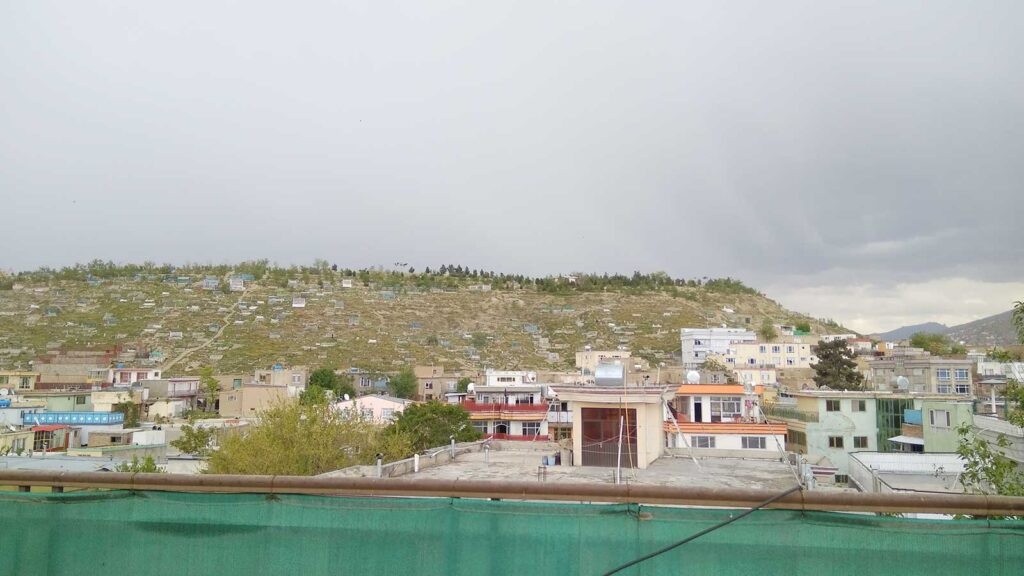

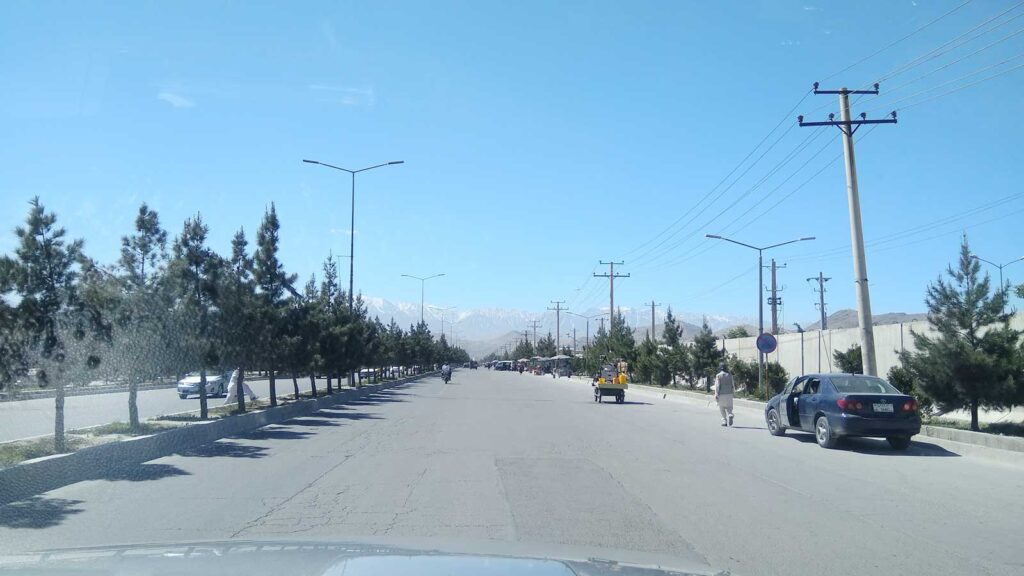
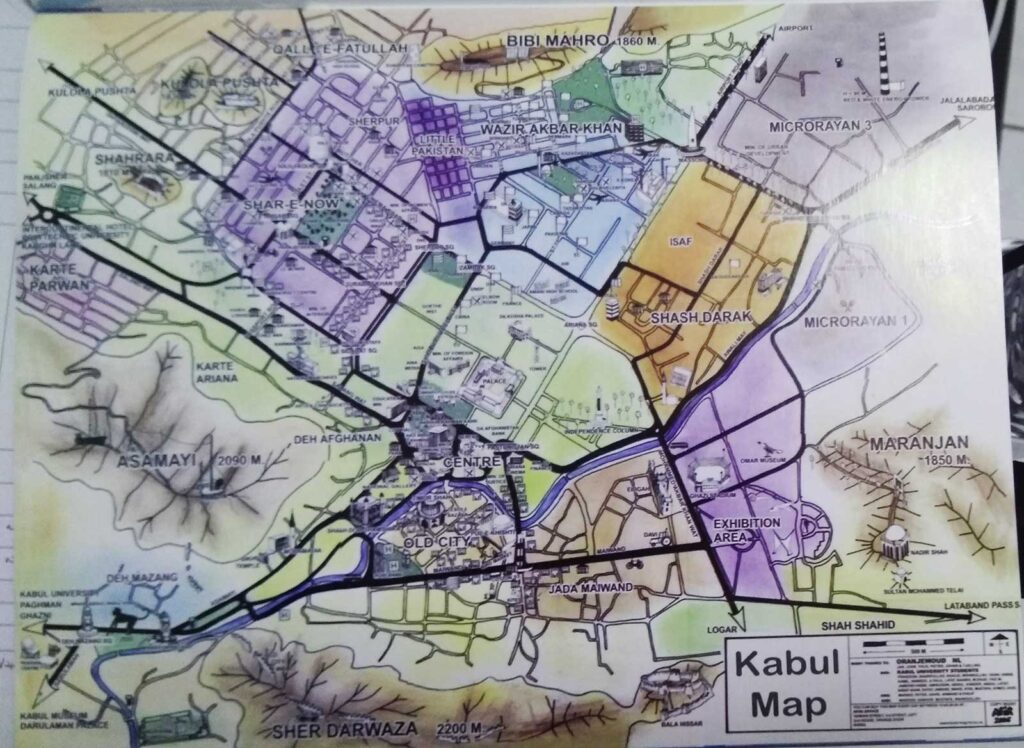



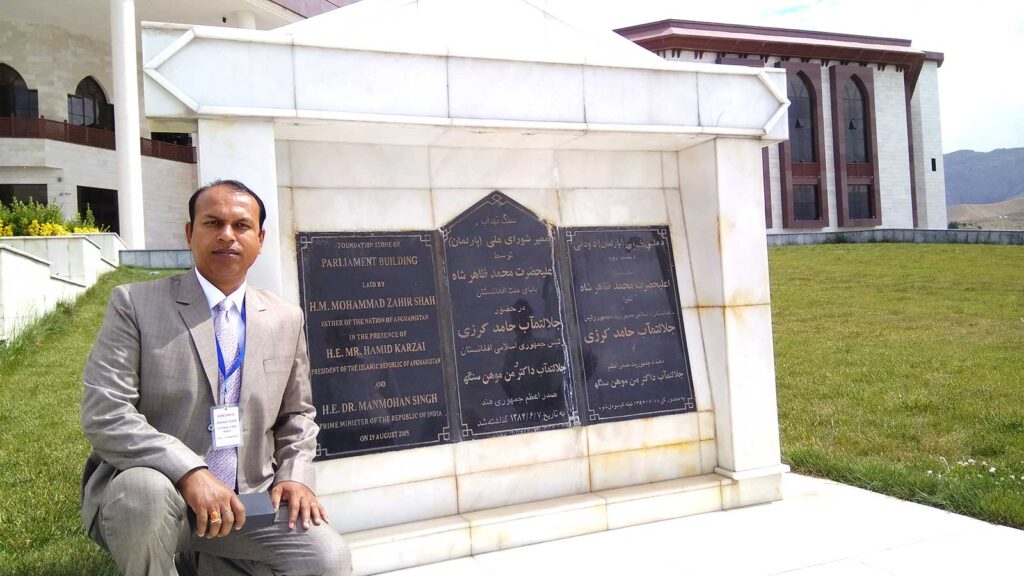
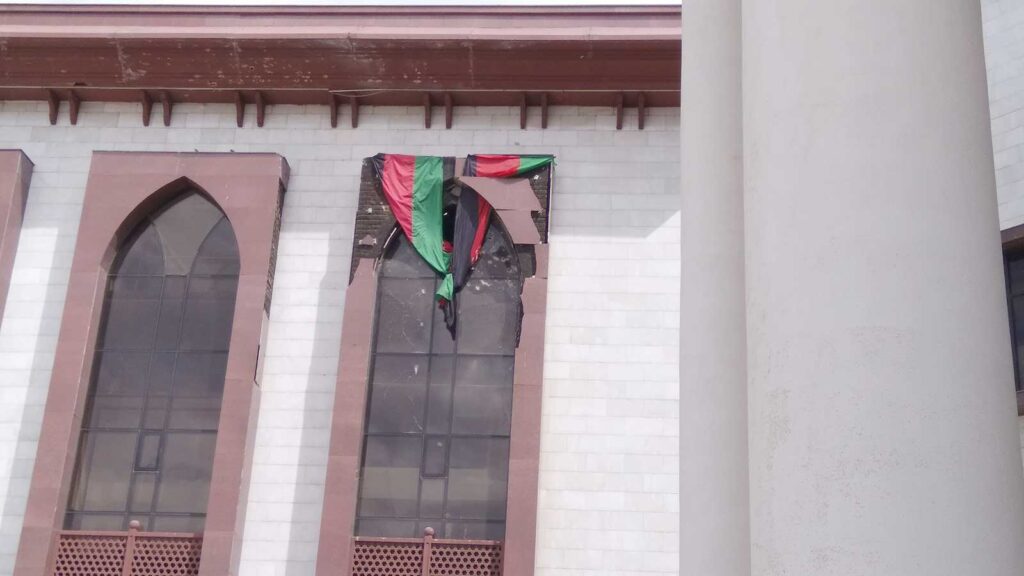
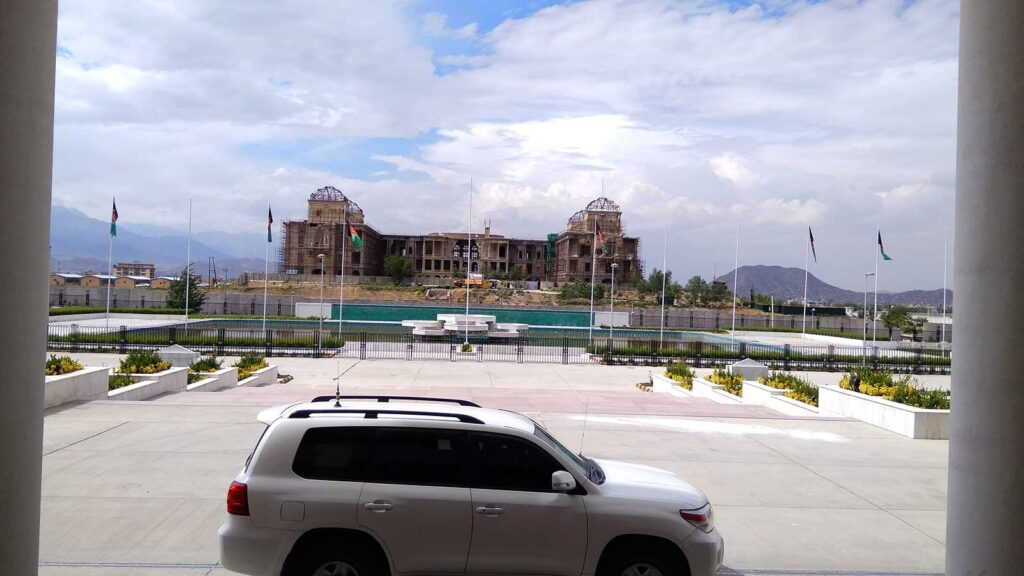




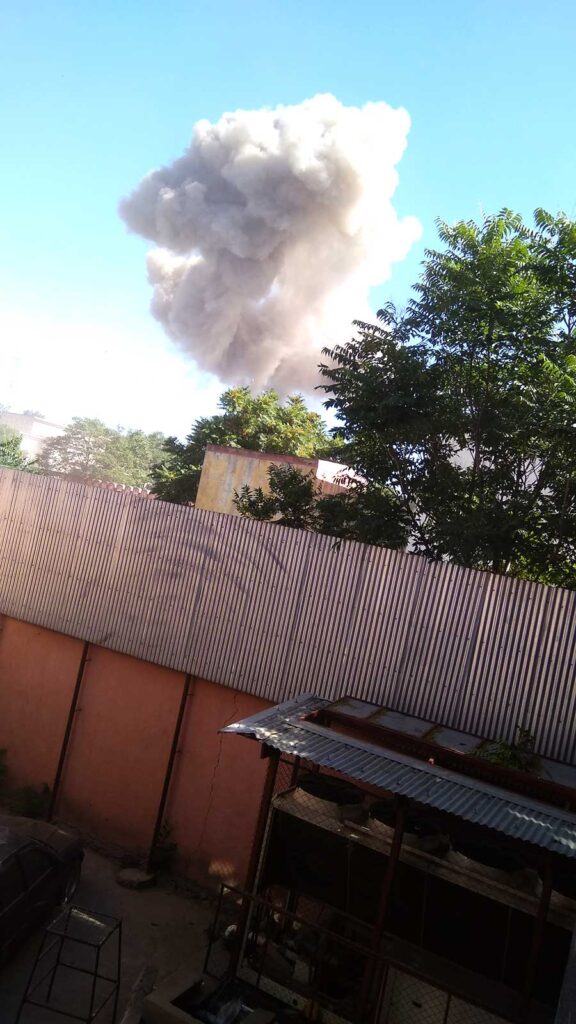
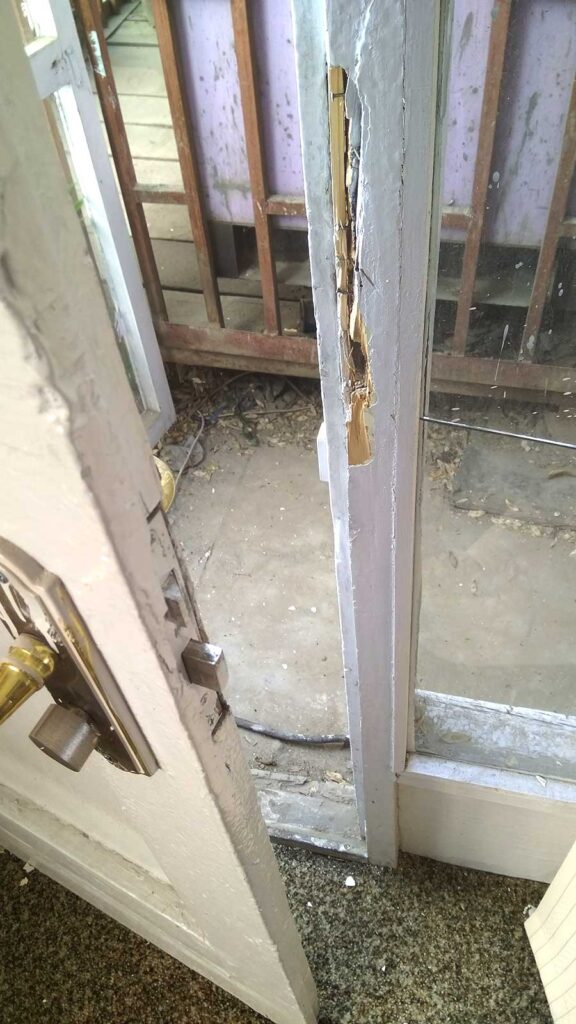

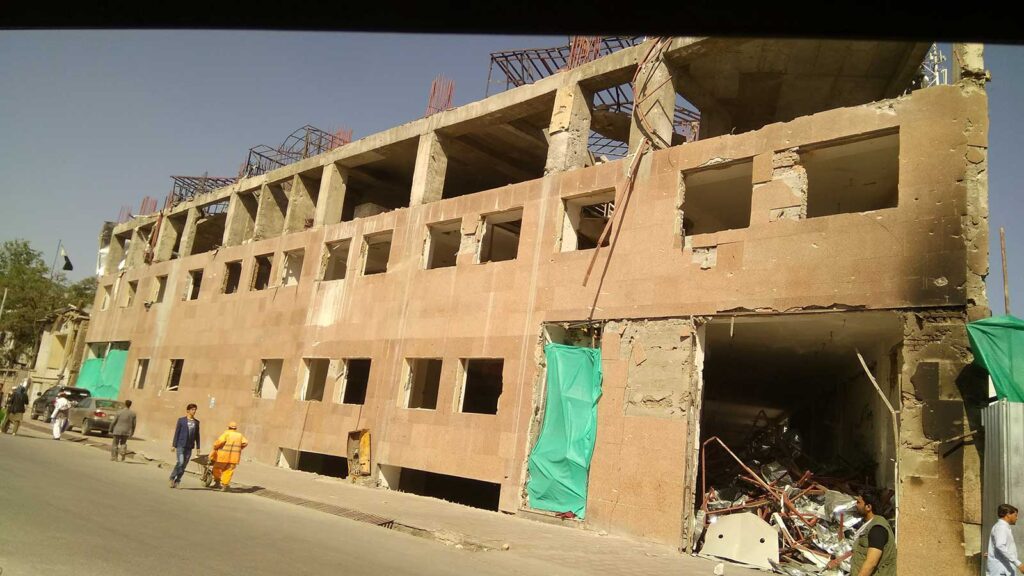

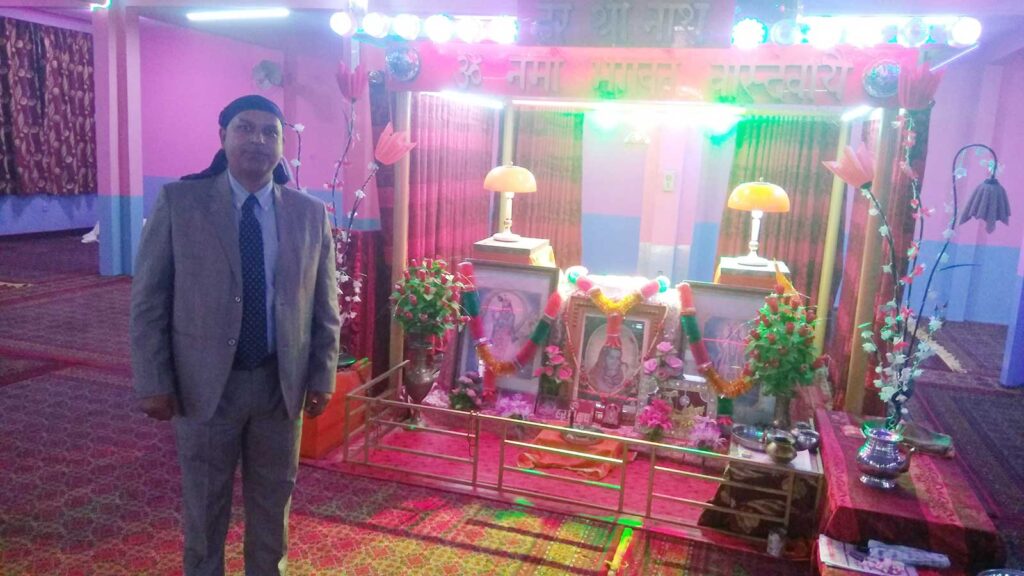



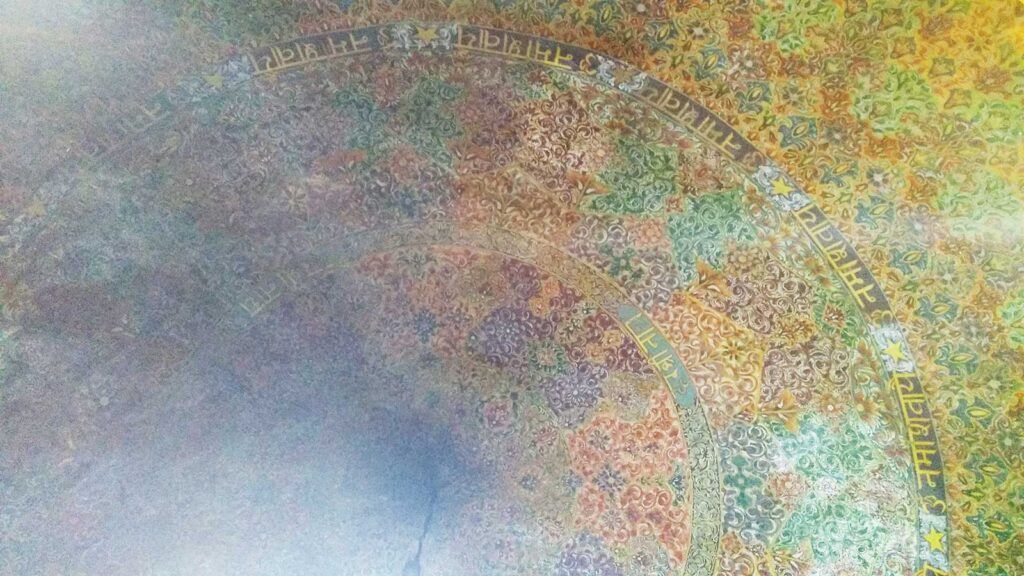


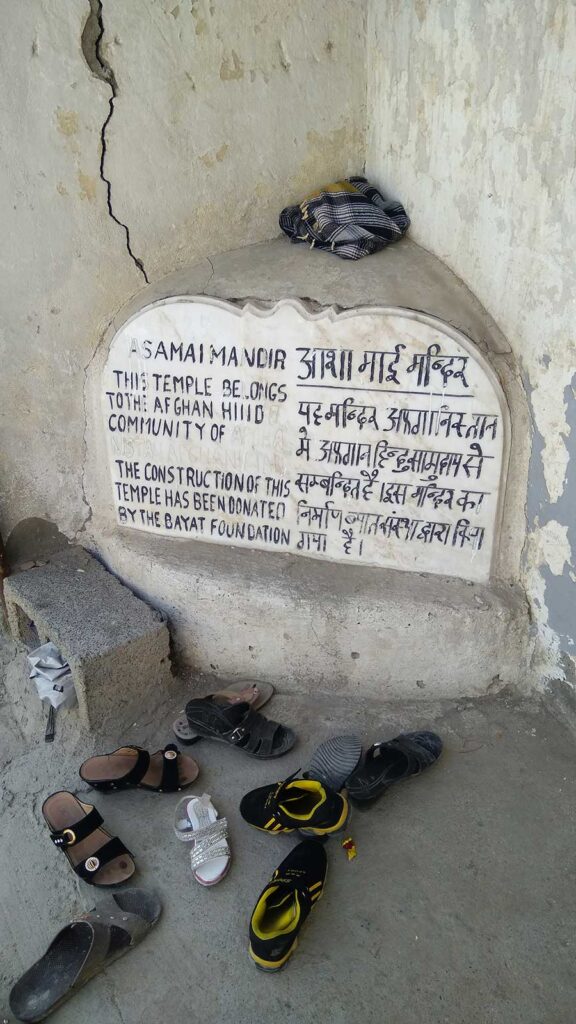
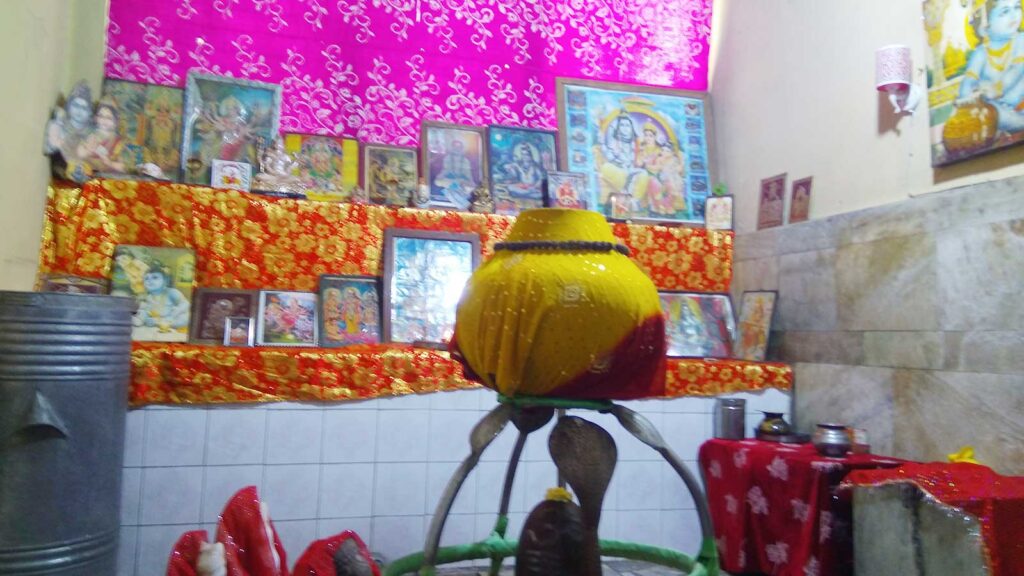
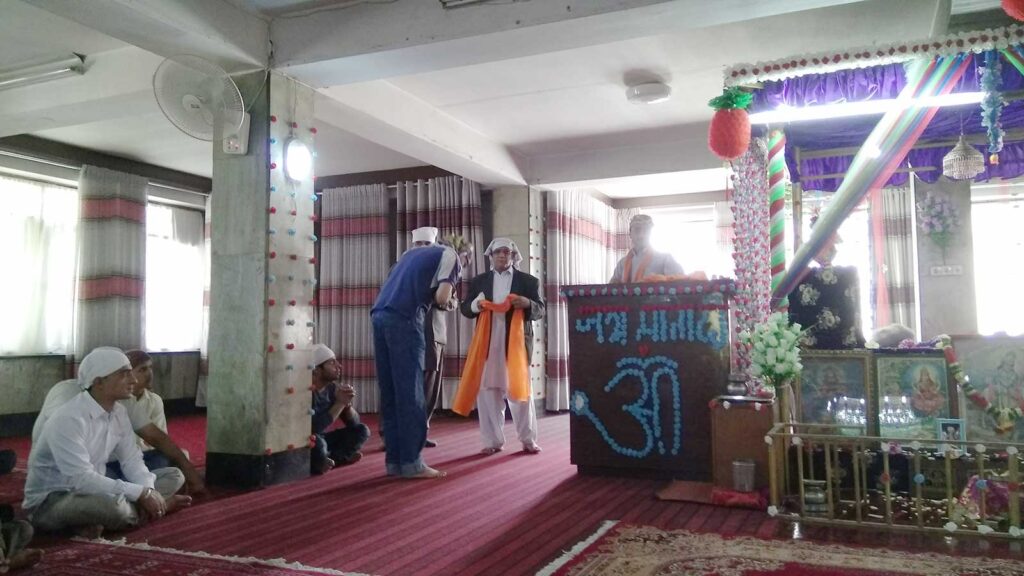

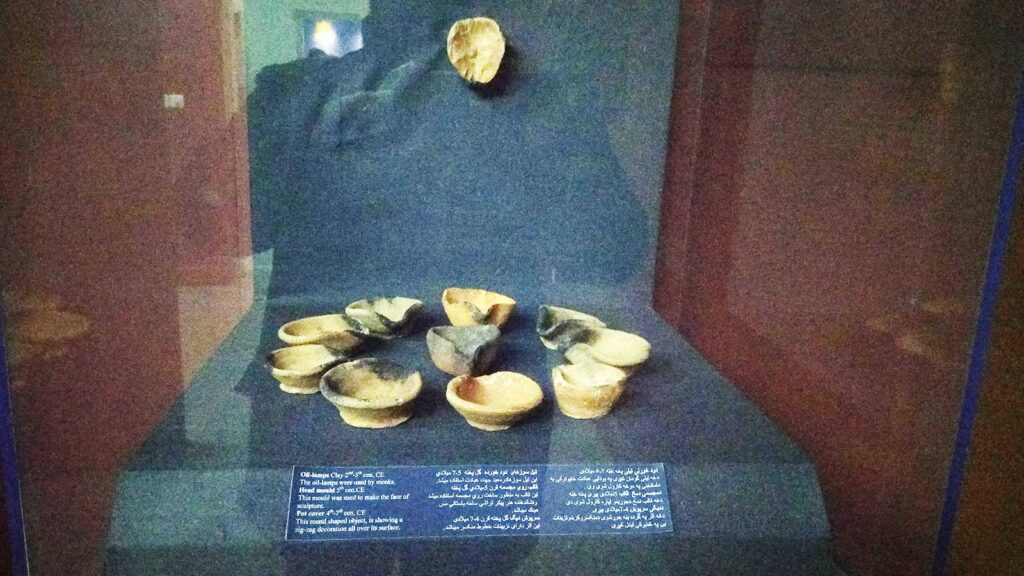


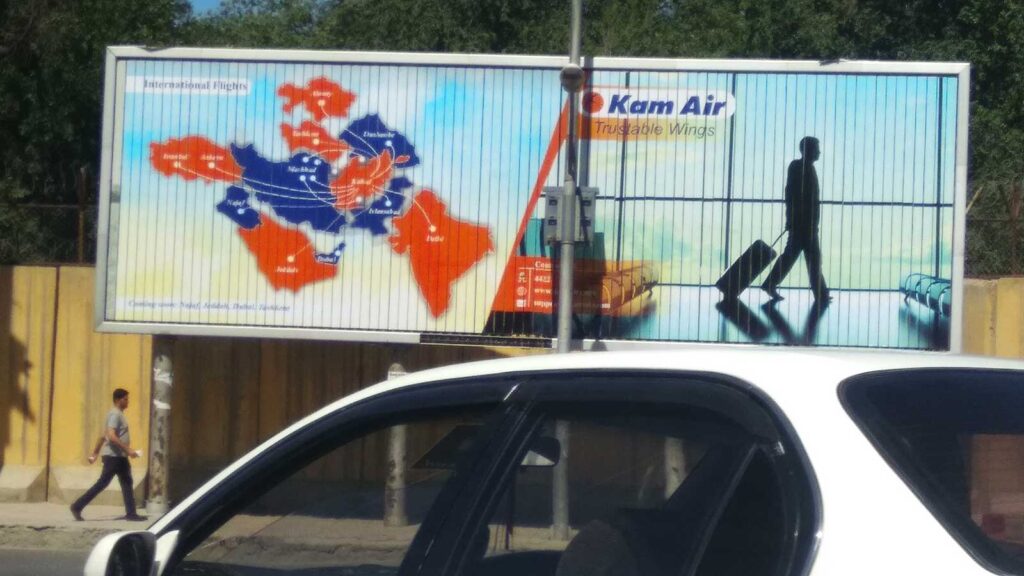

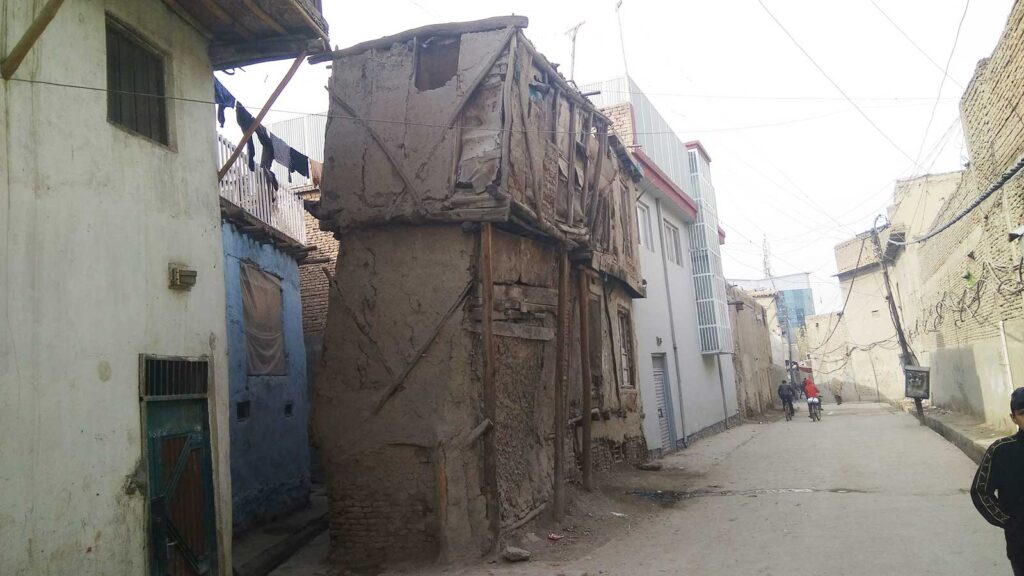
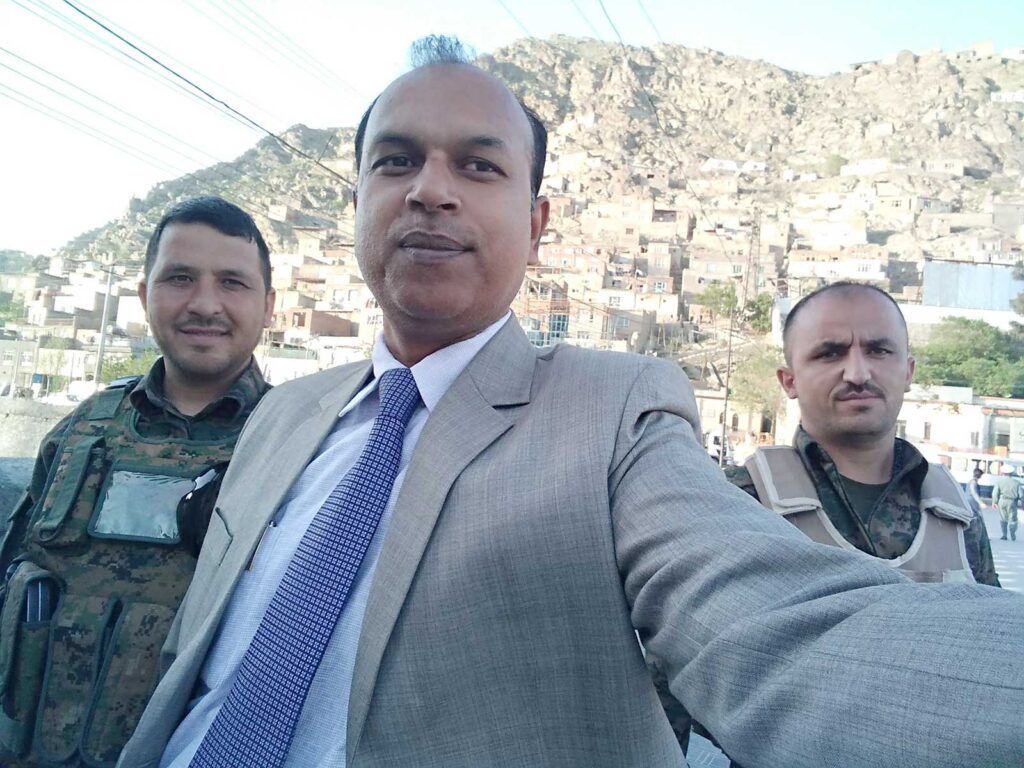






गिरिजेश जी के स्वप्न को साकार करने के लिए बधाई के पात्र हो तुम ललित। गिरिजेश जी का इस तरह चले जाना अभी तक अविश्वसनीय है। यह वृत्तान्त अफगानिस्तान और भारत के गौरवशाली इतिहास का दस्तावेज तो है ही आज की राजनैतिक सम्बंधों के माधुर्य को भी उकेरता है.
आनन्द आ गया भाई, और मेरा हृदय से प्रणाम भी स्वीकारें। हमारी सनातन ध्वजा को असीम मज़बूती देता हुआ वृतांत लिखा है और बहुत सुन्दर लिखा है।
पूरा पढ़ने के पश्चात ही शांति मिली।
धन्यवाद सुकेत भाई।
अतिशय हृदय स्पर्शी लेख। अगणित शुभ कामना।
धन्यवाद महोदय।
आपका समर्पण, आपका मार्ग और आपकी मूलों को नमन !
 ?
?
बहुत बढ़िया लिखा है भैया, ये सब पढ़ कर भय व्याप्त हो जाता है….30 वर्ष में 40000 मनुष्य चले गए ? आदमी हो गए अथवा स्वर्गलोक चले गए ….
क्या हम टटोलते रहेंगे संग्रहालयों को अवध-मिथिला-रंगपट्टनम में भी ? 30 न सही 300 वर्षों में
सनातन जी से भी यदाकदा मैं पूछता/ कहता था कि भैया लगता है हम तो रोड़े हैं समय के मार्ग में, ये हमें हटा कर ही मानेगा (व्यक्ति या समष्टि सब को) । और कुछ ही समय में काल ने यह सिद्ध कर दिया…..हमने उन्हें ही खो दिया ।
अलङ्कार जी, समय के प्रवाह में हम सब रोड़े हीं हैं जिन्हें समय बहाये ले जा रहा है। १९७० के दशक में अफगानिस्तान में सात लक्ष सनातनी रहते थे और आज सात भी नही बचे!!!
यह देश रहना चाहिये और यह देश सनातन धर्मी हीं रहना चाहिये। राम-कृष्ण-बुद्ध-चाणक्य-चोल-चेर-चालुक्य-सातवाहन-पाण्ड्य सब आये और चले गये। पर वे सब सनातन में अपना योगदान देकर गये। हम भी वैसे ही चले जायेंगे। प्रयास तो यह होना चाहिये कि हम भी सनातन में अपना योगदान दें, भले ही गिलहरी भर का। प्रणाम।